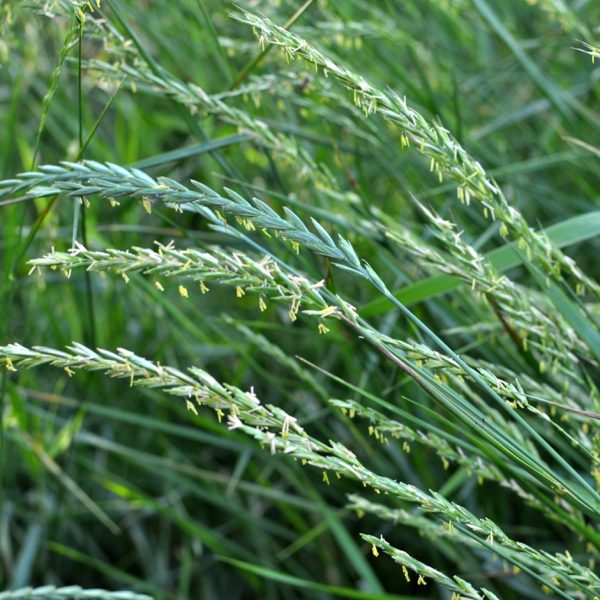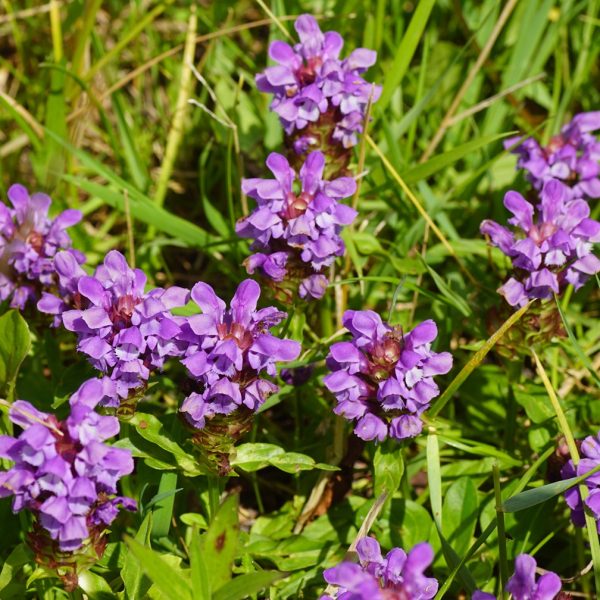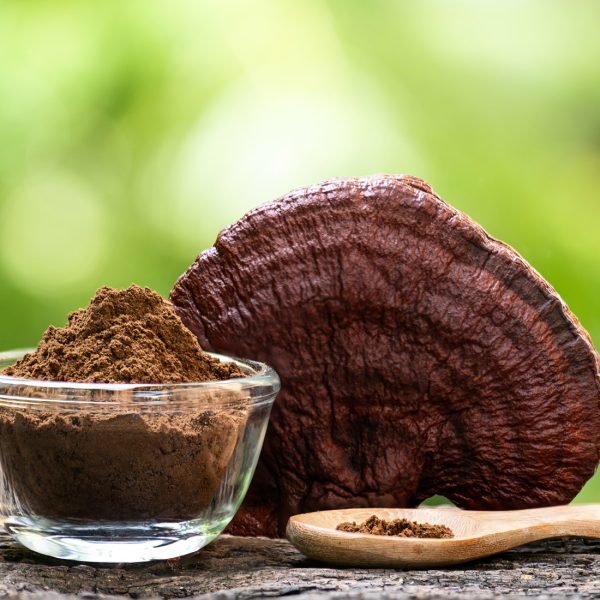Burnout occurs when someone is in a state of emotional, physical and mental exhaustion caused by excessive and prolonged stress.
Understanding burnout

In life’s ups and downs most humans experience occasional stress when feeling the pressure that comes with daily life. Stress is a natural response to perceived, or real threats, and not necessarily a sign of disease. Burnout, however, is more than just stress. It occurs when someone is in a state of emotional, physical and mental exhaustion caused by excessive and prolonged stress. Just as a battery burns out when it is so depleted it can’t be recharged, burnout is a state of “vital exhaustion” and identified as a problem related to “life management” difficulty. It is becoming increasingly common, with pandemic-induced burnout a pressing issue as people experience ever-increasing pressure in their daily lives, particularly at the workplace. (1)
American psychologist Herbert Freudenberger first used the burnout metaphor in the 1970s to describe the consequences of severe stress and high ideals in the helping professions, such as doctors and nurses. (2) At the time the term was an expression used in the illicit drug scene and “colloquially referred to the devastating effect of chronic drug abuse”. (3)
Even though burnout is one of the most widely discussed mental health problems in today’s society, there is no consensus among the experts about its diagnosis and treatment. Diagnosing someone with burnout is problematic because it is not recognised as a mental disorder. While experts don’t always agree on what burnout is one common characteristic is that most of the problems are work-related. Rather than family or financial stress, burnout is a psychological syndrome resulting from chronic workplace stress that has not been successfully managed. So a picture emerges of a frazzled worker burning the candle at both ends. (4)
How does burnout work?
The effects of burnout at work will look different for everyone however some of the main issues include:
- A lack of enthusiasm
- Not performing at the usual level
- Making mistakes more often
- Being constantly exhausted
- Cynicism
- Trouble sleeping
- Reduced creativity
- Headaches and other physical side effects
- Feeling frustrated, overwhelmed and anxious
- Absenteeism
- Neglecting personal care
- Vulnerability to illness
People are more likely to experience burnout at work if:
- They identify so strongly with work that they lack balance between work and personal life.
- They have a high workload, including overtime work.
- They try to be everything to everyone.
- They work in a helping profession such as health care.
- They feel like they have little or no control over work.
- Their job is monotonous (5)
Understanding the root

Burnout has been related to a decreased capacity to cope with stress and reductions in body processes which are closely linked to control of inflammation. It is also connected with hypothalamic-pituitary-adrenal (HPA) axis hypoactivity, which has a central role in the way the body responds to stress, with the potent anti-inflammatory hormone, cortisol, playing a major role.
Cortisol levels are believed to differ in individuals with burnout relative to the levels in healthy individuals. Really high, or really low, cortisol levels are warnings of potential burnout and also the risk of mental health issues in general. Although acute stress leads to increased cortisol levels there is a general notion that chronic stress, which is usually the case in burnout, can lead to a ‘breakdown of the HPA axis’ resulting in decreased cortisol levels. While burnout isn’t a medical diagnosis other conditions, such as depression, are behind it and it can affect physical and mental health.
Burnout has also been shown to be a risk factor for heart attack and coronary heart disease. (6) (7)
Signs and symptoms
Many of the symptoms of burnout overlap with the hallmarks of depression, anxiety disorders or chronic fatigue syndrome including extreme fatigue, loss of passion and intensifying cynicism and negativity.
Warning signs relate back to the three symptoms:
- Exhaustion: Physical, emotional and mental exhaustion. Feelings of tiredness or exhaustion and inability to cope. Physical symptoms include pain and gastrointestinal (stomach or bowel) problems.
- Negativity: Feelings of indifference or cynicism related to one’s job and distant, or negative, attitudes towards various aspects of one’s work.
- Inefficiency: Reduced professional performance, and confidence, with difficulties concentrating. (7)
Herbal solutions
Ashwagandha (Withania somnifera)
Ashwagandha (Withania somnifera) is a powerful adaptogen thus improving the body’s response to stress, and helping it adapt by normalising physiological processes in times of increased stress. (8)

Astragalus (Astragalus membranaceus)
Astragalus (Astragalus membranaceus) is among the most popular and important qi (life force) tonifying herbs in Traditional Chinese Medicine. It has been prescribed for centuries for general weakness, chronic illnesses, to increase overall vitality and as a tonic to build stamina. (9)
Brahmi (Bacopa monnieri)
Brahmi (Bacopa monnieri) has a long history in Ayurvedic medicine where it is known for its memory enhancing properties and for reducing anxiety. There is modern evidence to suggest that it can improve memory. (10)
Chamomile (Matricaria chamomilla)
Chamomile (Matricaria chamomilla) is a remarkable relaxant for the nervous system and digestion so it shines for digestive problems due to anxiety. A 2019 systematic review and meta-analysis of randomised trials found that chamomile appears to be efficacious and safe for sleep quality and generalised anxiety disorders. (11)
Gotu kola (Centella asiatica)
Gotu kola (Centella asiatica) has been used for centuries for the treatment of anxious and depressive complaints and to improve memory. In Ayurveda, gotu kola is one of the main herbs for revitalizing the nerves and brain cells and as a cognition-enhancing remedy. (12)
Lemon balm (Melissa officinalis)
The definition of balm is to heal and soothe and this calming and delicious plant does just that. The results of a 2018 double blind placebo controlled clinical trial showed that eight weeks supplementation with 3g of lemon balm can decrease anxiety, depression, stress and sleep disorder in patients with chronic stable angina. (13)
Liquorice (Glycyrrhiza glabra)
Liquorice (Glycyrrhiza glabra) has a wide range of effects on the endocrine system particularly when it comes to long term, everyday stress. It appears to mimic the action of adrenocorticotrophic hormone (ACTH) from the pituitary to support depleted adrenal cortical responses as well as having effects on other relevant hormones. (14)

Rhodiola (Rhodiola rosea)
A rhodiola trial on 118 patients with burnout showed considerable improvement in measures of emotional exhaustion, fatigue, lack of joy, loss of zest for life and increased sexual interest and functioning. (15)
Skullcap (Scutellaria lateriflora)
Skullcap (Scutellaria lateriflora) is the plant herbalists reach for as a nourishing tonic to relax and soothe the nervous system. Stress, tension, anxiety, insomnia, nervousness and panic attacks are all indications for this bitter and cooling herb. It is said to be particularly good as a supporting nervine for workaholics compelled to work long hours with resulting mental exhaustion.
Tulsi (Ocimum tenuiflorum)
In the Ayurveda system tulsi is often referred to as an “elixir of life” for its healing powers. Human studies suggest it may assist in dealing with psychological and immunological stress. (16)
Valerian (Valeriana officinalis)
Valerian (Valeriana officinalis) is most well-known for its sedating and relaxing properties and has long been used for people with anxiety, nervousness, restlessness, muscle pain and insomnia. Historically patients that have responded best to valerian include those presenting with lack of adequate exercise and/or mental relaxation who manifest stress associated with despondency and mental depression. (17)
Wild Oats (Avena sativa)
Wild oats (Avena sativa) is one of the best remedies for “feeding” the nervous system, especially when under stress. It is considered specific in cases of nervous debility and exhaustion when associated with depression. (18)
Holistic solutions

Eat a nutrient dense, wholefoods anti-inflammatory diet
Fine tune the diet because food equals mood. Several studies suggest a relationship between improved nutrition and better mental health outcomes both in general and adolescent populations. (19)
Include: Brain food such as whole grains, lean meat, deep sea fish, green leafy vegetables, coloured berries (antioxidants) and nuts (walnuts and almonds).
Avoid: The consumption of a Western-style diet (increased intake of fast foods, fried foods, sweets, refined grains, processed meat and a reduction of fruit and vegetable intake) has been independently associated with a greater risk for the development of anxiety and depression. (20) Decrease refined carbohydrates such as sugar, flour and unhealthy fats. Avoid counterfeit support and stimulants such as caffeine, alcohol and recreational drugs which can exacerbate the physical symptoms of burnout. Adequate hydration is also important with water and herbal teas.
Assess nutrient levels
Correct any nutritional imbalances. Supplement prescriptions most commonly include magnesium and omega-3 fatty acids.
Improve sleep hygiene
Rest is an essential healer of burnout. Treat insomnia and support good sleep quality and patterns.
Reduce stress
Practice self-care daily, set boundaries, create a ritual that marks the transition from work to personal life such as exercise or changing out of work clothes, call a friend and talk about something other than work, limit exposure to job related stressors such as not checking emails out of work hours. Boundaries are vital for sustaining a healthy work-life balance. Boundaries are vital for sustaining a healthy work-life balance.
Stress reduction techniques
Include yoga, meditation, tai chi, breathing exercises, such as conscious and slow breathing, keeping a gratitude journal, guided imagery, positive self-talk strategies, mindfulness and psychotherapy. Other techniques include acupuncture, progressive muscle relaxation, massage therapy, aromatherapy, balneotherapy, calming music, forest bathing and taking in the natural world, taking time out for family, friends and recreational activities, reading a book or laughter (e.g. going to a comedy club).
Exercise
Prioritise some form of movement every day.
References
- Patel RS, Sekhri S, Bhimanadham NN, Imran S, Hossain S. A Review on Strategies to Manage Physician Burnout. Cureus. 2019;11(6):e4805. Published 2019 Jun 3. doi:10.7759/cureus.4805
- InformedHealth.org [Internet]. Cologne, Germany: Institute for Quality and Efficiency in Health Care (IQWiG); 2006-. Depression: What is burnout? [Updated 2020 Jun 18]. Available from: https://www.ncbi.nlm.nih.gov/books/NBK279286/
- Fontes F. Herbert J. Freudenberger and the making of burnout as a psychopathological syndrome. Memorandum. Dec 2020;37:1-19. 10.35699/1676-1669.2020.19144.
- Burn-out an “occupational phenomenon”: International Classification of Diseases. World Health Organization. c2022 (updated 28 May 2019; accessed 12 Jan 2022). Available from https://www.who.int/news/item/28-05-2019-burn-out-an-occupational-phenomenon-international-classification-of-diseases
- Smith E. Managing Workplace Burnout. Kind Mind Co. (accessed Jan 7 2022). Available from https://smartwomensociety.com/wp-content/uploads/2021/05/SWS-Managing-Workplace-Burnout.pdf
- Kakiashvili T, Leszek J, Rutkowski K. The medical perspective on burnout. International Journal of Occupational Medicine and Environmental Health. 2013;26(3):401-412. doi:10.2478/s13382-013-0093-3.
- Salve J, Pate S, Debnath K, Langade D. Adaptogenic and Anxiolytic Effects of Ashwagandha Root Extract in Healthy Adults: A Double-blind, Randomized, Placebo-controlled Clinical Study. Cureus. 2019;11(12):e6466. Published 2019 Dec 25. doi:10.7759/cureus.6466
- Zhang BQ, Hu SJ, Qiu LH, Shan QX, Sun J, Xia Q, et al. Diphasic effects of Astragalus membranaceus BUNGE (Leguminosae) on vascular tone in rat thoracic aorta. Biol Pharm Bull. 2005 Aug;28(8):1450-4.
- Brimson JM, Brimson S, Prasanth MI, Thitilertdecha P, Malar DS, Tencomnao T. The effectiveness of Bacopa monnieri (Linn.) Wettst. as a nootropic, neuroprotective, or antidepressant supplement: analysis of the available clinical data. Sci Rep. 2021;11(1):596. Published 2021 Jan 12. doi:10.1038/s41598-020-80045-2
- Hieu TH, Dibas M, Surya Dila KA, Sherif NA, Hashmi MU, Mahmoud M, Trang NTT, Abdullah L, Nghia TLB, Y MN, Hirayama K, Huy NT. Therapeutic efficacy and safety of chamomile for state anxiety, generalized anxiety disorder, insomnia, and sleep quality: A systematic review and meta-analysis of randomized trials and quasi-randomized trials. Phytother Res. 2019 Jun;33(6):1604-1615. doi: 10.1002/ptr.6349. Epub 2019 Apr 21. PMID: 31006899.
- Jana U, Sur TK, Maity LN, Debnath PK, Bhattacharyya D. A clinical study on the management of generalized anxiety disorder with Centella asiatica. Nepal Med Coll J. 2010 Mar;12(1):8-11.
- Haybar H, Javid AZ, Haghighizadeh MH, Valizadeh E, Mohaghegh SM, Mohammadzadeh A. The effects of Melissa officinalis supplementation on depression, anxiety, stress, and sleep disorder in patients with chronic stable angina. Clin Nutr ESPEN. 2018 Aug;26:47-52. doi: 10.1016/j.clnesp.2018.04.015. Epub 2018 May 19.
- Sabbadin C, Bordin L, Donà G, Manso J, Avruscio G, Armanini D. Licorice: From Pseudohyperaldosteronism to Therapeutic Uses. Front Endocrinol (Lausanne). 2019 Jul 18;10:484. doi: 10.3389/fendo.2019.00484
- Kasper S, Dienel A. Multicenter, open-label, exploratory clinical trial with Rhodiola rosea extract in patients suffering from burnout symptoms. Neuropsychiatr Dis Treat. 2017;13:889-898. Published 2017 Mar 22. doi:10.2147/NDT.S120113
- Jamshidi N, Cohen MM. The Clinical Efficacy and Safety of Tulsi in Humans: A Systematic Review of the Literature. Evid Based Complement Alternat Med. 2017;2017:9217567. doi:10.1155/2017/9217567
- (16)) Valeriana officinalis monograph. Alternative Medicine Review. 2004;9(4). Available from https://altmedrev.com/wp-content/uploads/2019/02/v9-4-438.pdf
- Wattick RA, Hagedorn RL, Olfert MD. Relationship between Diet and Mental Health in a Young Adult Appalachian College Population. Nutrients. 2018;10(8):957. Published 2018 Jul 25. doi:10.3390/nu10080957
- Kulkarni AA, Swinburn BA, Utter J. Associations between diet quality and mental health in socially disadvantaged New Zealand adolescents. Eur J Clin Nutr. 2015 Jan;69(1):79-83. doi: 10.1038/ejcn.2014.130. Epub 2014 Jul 16.































